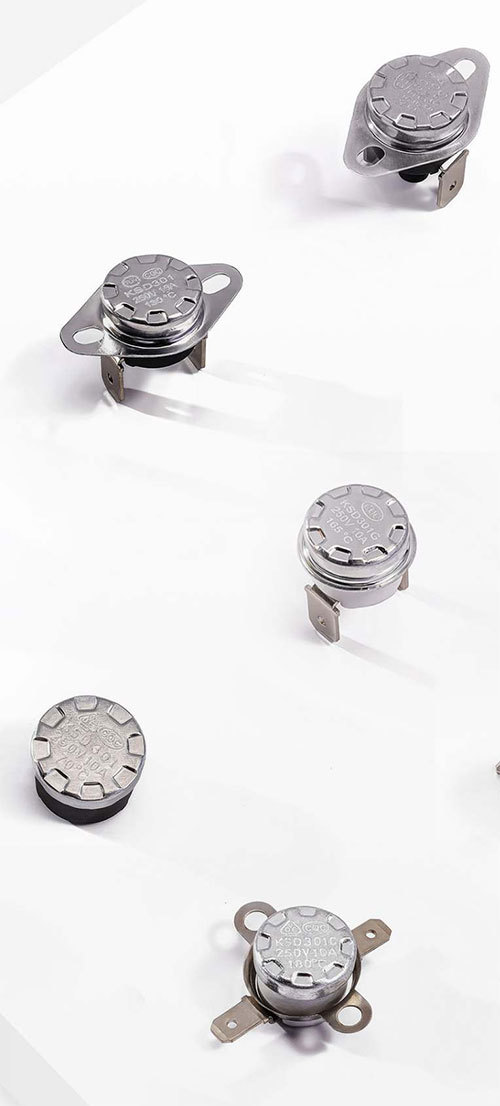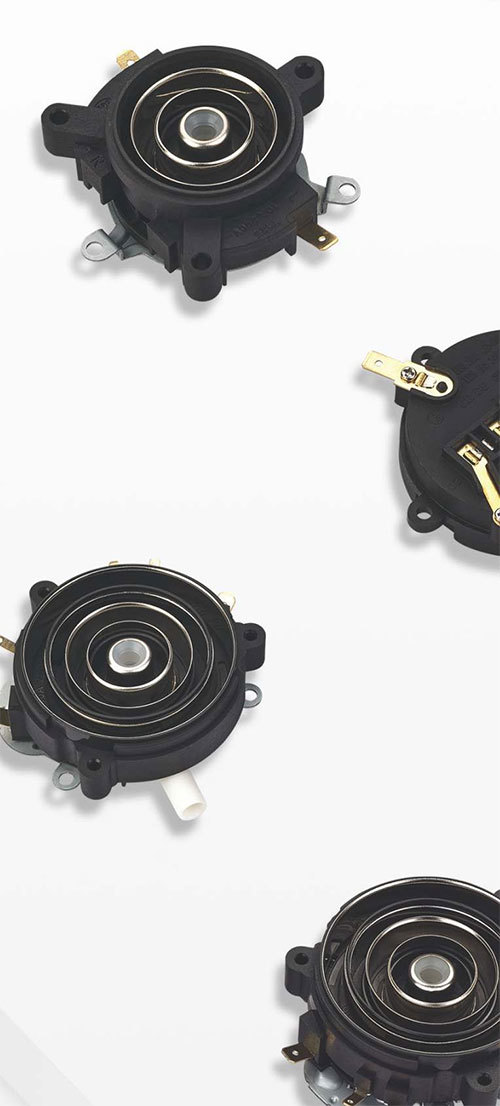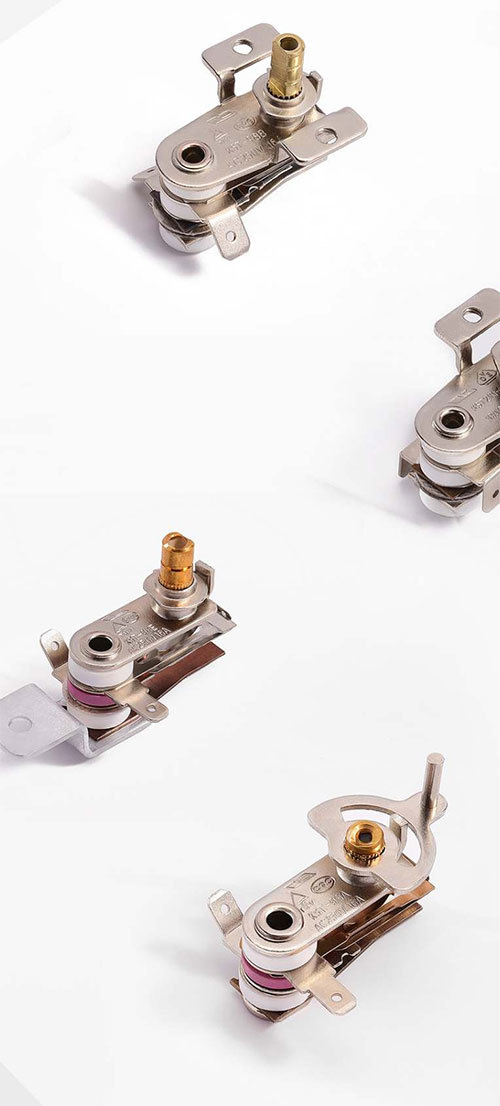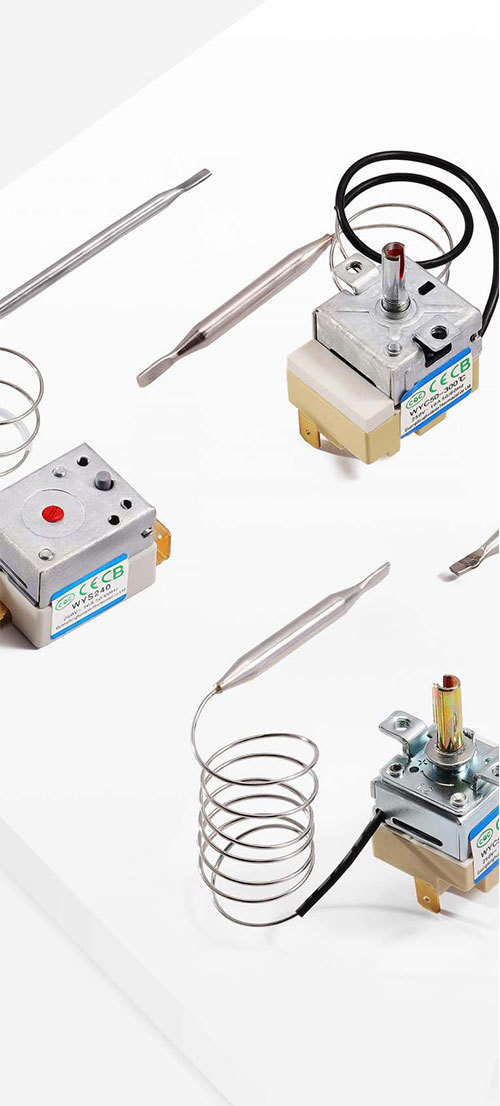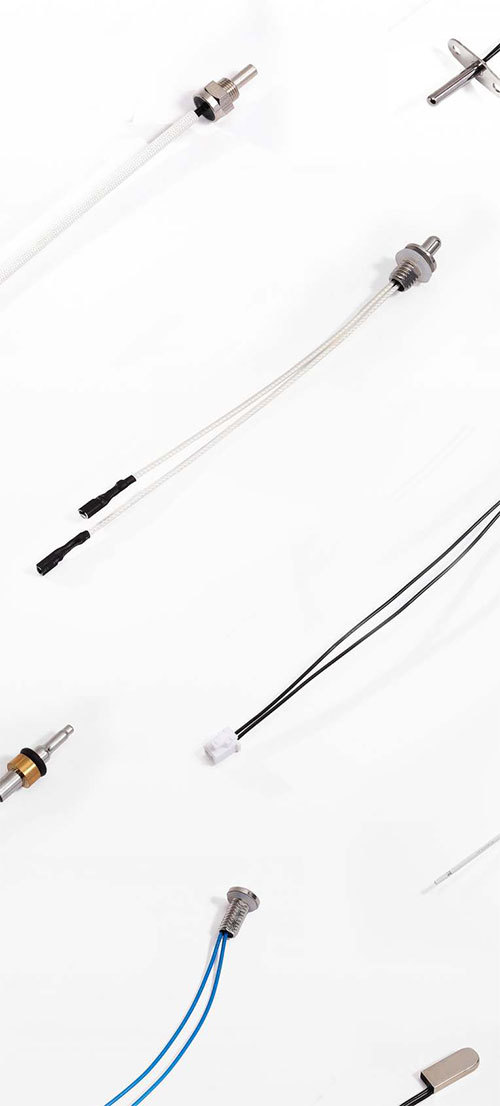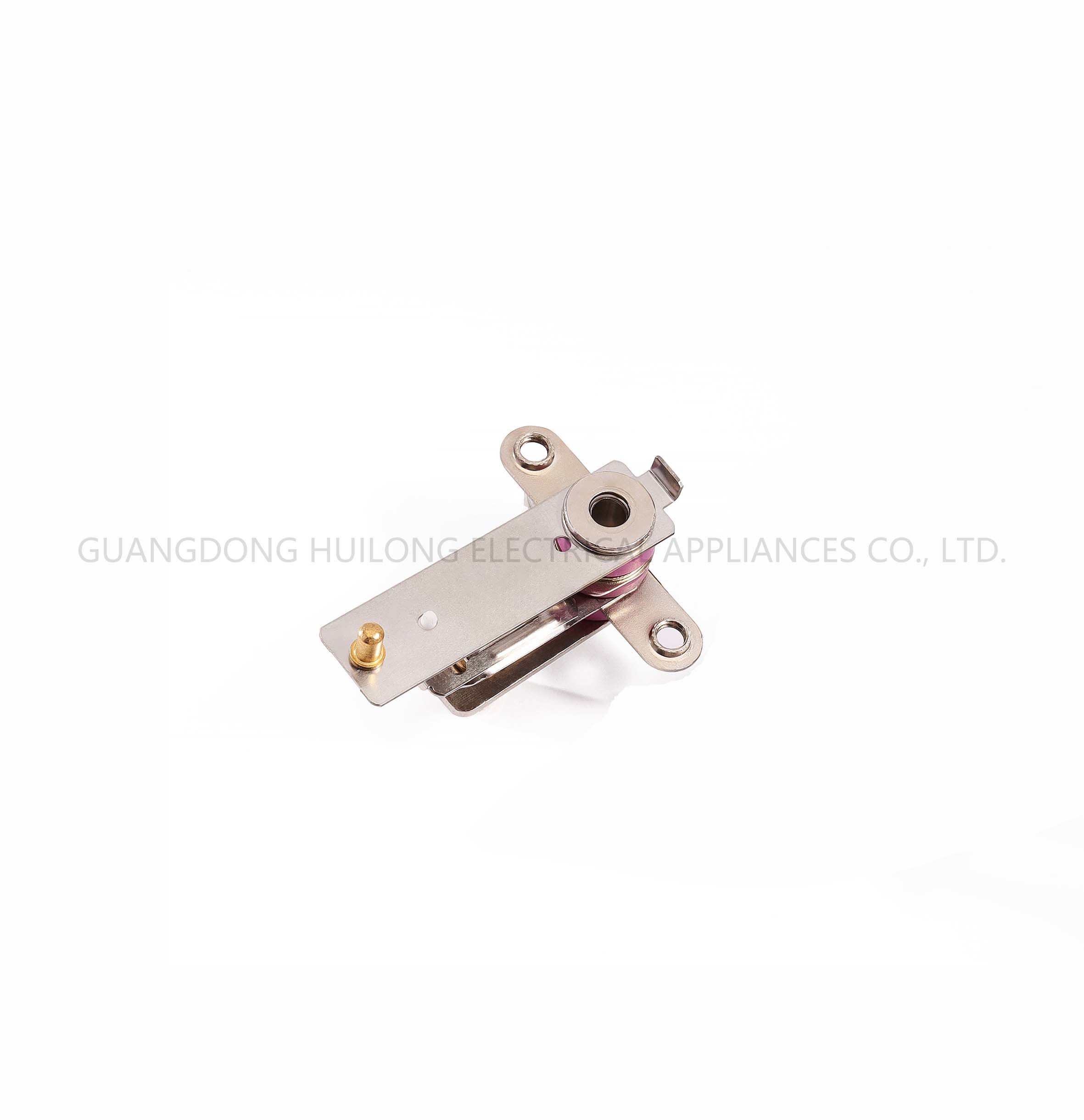Unlock the Benefits of an Adjustable Thermostat Control for Your Lab
Classification: knowledge
Time:2025-04-21
Unlock the Benefits of an Adjustable Thermostat Control for Your Lab
In the world of laboratory operations, maintaining the right temperature is crucial for ensuring accurate results and maintaining the integrity of sensitive materials. An adjustable thermostat control offers a solution that not only allows for precise temperature management but also contributes to energy efficiency and safety. In this article, we will explore the numerous benefits of utilizing adjustable thermostat controls in laboratory settings, delve into their workings, and provide practical insights on implementation.
Table of Contents
- Understanding Thermostat Controls
- The Importance of Temperature Control in Labs
- Benefits of Adjustable Thermostat Controls
- Enhanced Precision and Accuracy
- Energy Efficiency and Cost Savings
- Improved Lab Safety
- Extended Equipment Lifespan
- Choosing the Right Thermostat Control for Your Lab
- Installation and Setup of Adjustable Thermostat Controls
- Maintaining Your Thermostat Control for Longevity
- Case Studies and Success Stories
- Frequently Asked Questions (FAQs)
Understanding Thermostat Controls
Thermostat controls are devices that monitor and regulate temperature within a specific environment. In laboratory settings, where experiments may require strict adherence to temperature parameters, having an adjustable thermostat is essential. These devices can be programmed to maintain desired temperatures, making it easier for lab personnel to focus on their experiments rather than constantly checking and adjusting conditions.
The Importance of Temperature Control in Labs
Temperature fluctuations can impact the accuracy of experiments and the stability of chemical compounds. In a laboratory, maintaining optimal conditions is crucial for various reasons:
- Accuracy of Results: Many experiments are sensitive to temperature changes. Even minor fluctuations can lead to skewed results, affecting data integrity.
- Material Stability: Certain chemicals and biological samples require specific temperature ranges to remain stable. Deviations can lead to degradation or unwanted reactions.
- Safety: Inadequate temperature control can result in hazardous situations, including chemical spills or reactions that could pose risks to personnel and the environment.
Benefits of Adjustable Thermostat Controls
Utilizing adjustable thermostat controls in laboratories offers several advantages that enhance overall operations. Below, we discuss some of the most significant benefits.
Enhanced Precision and Accuracy
Adjustable thermostat controls allow for precise temperature settings, ensuring that experiments are conducted under optimal conditions. This level of control minimizes the risk of temperature-related errors, contributing to more reliable and accurate results. Researchers can set specific parameters tailored to their experiments, enabling them to achieve reproducibility in their findings.
Energy Efficiency and Cost Savings
Energy efficiency is a critical concern for laboratories, especially those operating on a budget. Adjustable thermostat controls can lead to significant cost savings by optimizing energy consumption. By setting appropriate temperature ranges and ensuring that heating or cooling systems operate only when necessary, labs can greatly reduce their energy bills. This not only benefits the organization financially but also contributes to sustainability efforts by minimizing energy waste.
Improved Lab Safety
Safety is paramount in any laboratory. With an adjustable thermostat, labs can prevent extreme temperature conditions that could lead to dangerous reactions or equipment failures. By maintaining stable temperatures, labs can mitigate risks associated with chemical reactions, reducing the likelihood of accidents and ensuring a safer working environment for all personnel.
Extended Equipment Lifespan
Laboratory equipment is often a significant investment, and proper temperature regulation can extend the lifespan of these tools. Fluctuating temperatures can cause wear and tear on sensitive instruments, leading to costly repairs or replacements. Adjustable thermostats help maintain consistent conditions, allowing equipment to function optimally and reducing the risk of damage.
Choosing the Right Thermostat Control for Your Lab
Selecting the appropriate adjustable thermostat for your lab requires careful consideration of several factors:
- Temperature Range: Ensure the thermostat can accommodate the specific temperature range required for your experiments.
- Control Type: Decide whether you need a manual, programmable, or smart thermostat that can be integrated with other lab systems.
- Compatibility: Ensure that the thermostat is compatible with existing heating and cooling systems in your lab.
- Ease of Use: Look for models that are user-friendly and provide clear interfaces for easy adjustments.
Installation and Setup of Adjustable Thermostat Controls
Installing an adjustable thermostat control requires following specific steps to ensure optimal functionality:
- Assess your Lab Environment: Determine the best location for the thermostat to accurately gauge the overall temperature.
- Connect to Power: Ensure that the thermostat is connected to a reliable power source, following all electrical safety guidelines.
- Calibrate Settings: Set initial temperature parameters according to your laboratory's needs and calibrate the device if necessary.
- Test Functionality: Monitor the thermostat's performance over a few days to ensure it maintains the desired temperature consistently.
Maintaining Your Thermostat Control for Longevity
To ensure the longevity and reliability of your adjustable thermostat control, regular maintenance is essential:
- Regular Calibration: Periodically check and calibrate the thermostat to ensure accuracy.
- Cleaning: Keep the device clean and free from dust and debris that could interfere with its sensors.
- Software Updates: If using a smart thermostat, regularly update its software to improve functionality and security.
Case Studies and Success Stories
Various laboratories have successfully implemented adjustable thermostat controls, leading to improved outcomes:
- Biotechnology Lab: A biotechnology lab reported a 30% reduction in energy costs after installing adjustable thermostat controls, allowing for precise temperature management during sensitive experiments.
- Chemical Research Facility: A chemical research facility improved safety protocols by maintaining optimal temperature ranges, significantly reducing incidents of chemical spills and reactions.
Frequently Asked Questions (FAQs)
1. How do adjustable thermostat controls work?
Adjustable thermostat controls monitor ambient temperature and can adjust heating or cooling systems accordingly. Users can set specific temperature ranges, and the device will maintain those conditions automatically.
2. Can I install an adjustable thermostat myself?
While some thermostats are straightforward to install, others may require professional installation, especially if they connect to complex lab systems. Always refer to the manufacturer's guidelines.
3. What are the signs that my thermostat needs maintenance?
Common signs include inaccurate temperature readings, inconsistent performance, or failures to maintain set temperatures. Regular checks and calibrations can prevent such issues.
4. Are smart thermostats worth the investment for labs?
Yes, smart thermostats offer advanced features like remote monitoring and integration with other lab systems, which can lead to enhanced control and efficiency.
5. How often should I calibrate my thermostat?
It is recommended to calibrate your thermostat at least once a year or whenever you notice discrepancies in temperature readings.
Conclusion
In conclusion, the implementation of an adjustable thermostat control in your laboratory is a strategic investment that offers numerous benefits, including enhanced precision, improved safety, and energy efficiency. By understanding the importance of temperature regulation and choosing the right device, labs can optimize their operations, leading to more reliable results and overall better performance. As the demands of research and experimentation continue to evolve, having the right tools, such as adjustable thermostat controls, is crucial for staying ahead of the curve.
Keyword: Unlock the Benefits of an Adjustable Thermostat Control for Your Lab
RELATED INFORMATION
In the world of laboratory equipment, maintaining precise temperature control is crucial for the success of many experiments and processes. One of the key components that facilitate this control is the adjustable thermostat. In the context of laboratory heaters, an adjustable thermostat is a device that allows users to set and regulate the temperature of heating elements, ensuring that materials a
2025/05/06
Elevate Your Lab Experience: The Impact of Adjustable Thermostats on Heaters
Elevate Your Lab Experience: The Impact of Adjustable Thermostats on Heaters Table of Contents 1. Introduction to Adjustable Thermostats in Laboratories 2. The Importance of Temperature Control in Laboratory Settings 3. How Adjustable Thermostats Work with Heaters 4. Benefits of Using Adjustable Thermostats in Your Lab 5. Practical Applications of Adjustable Thermostats 6.
2025/05/01


